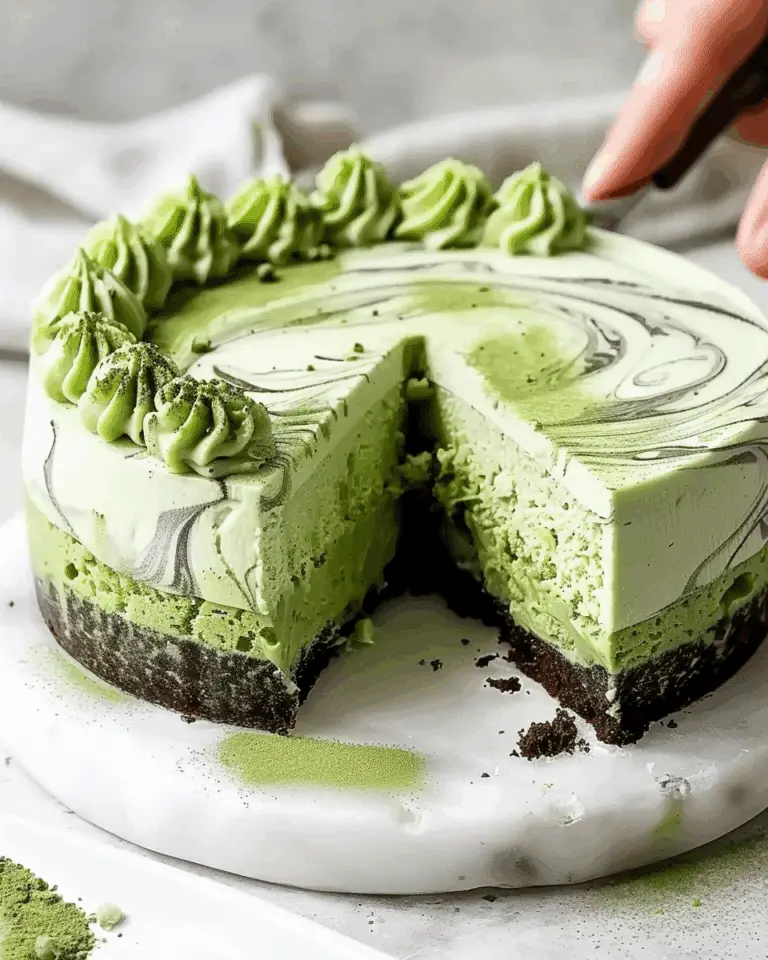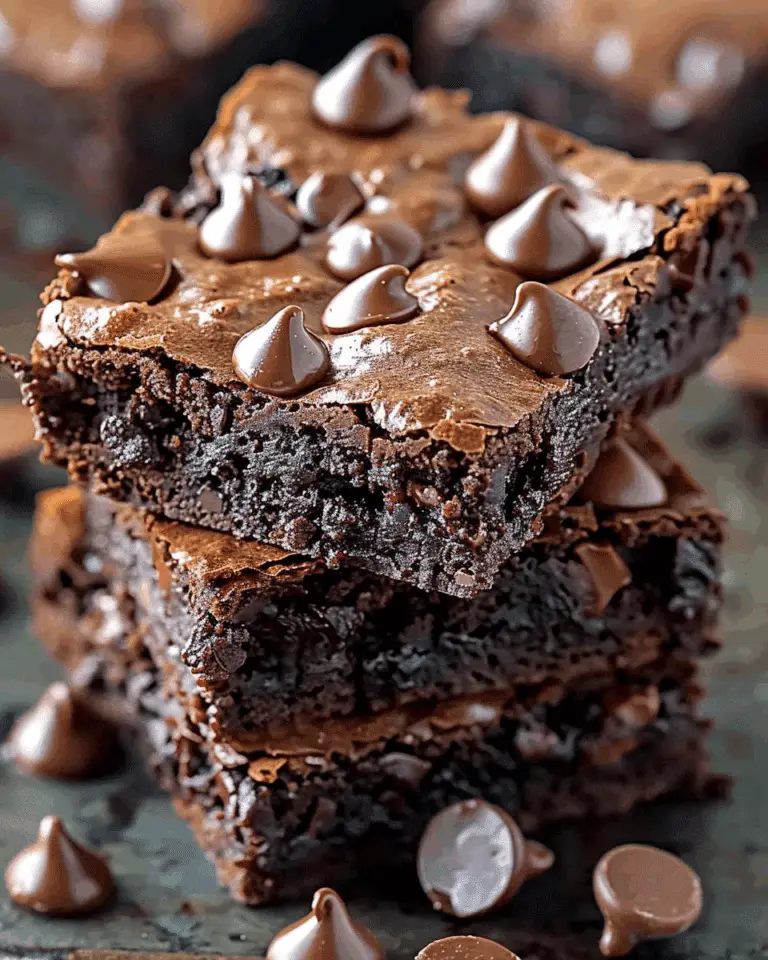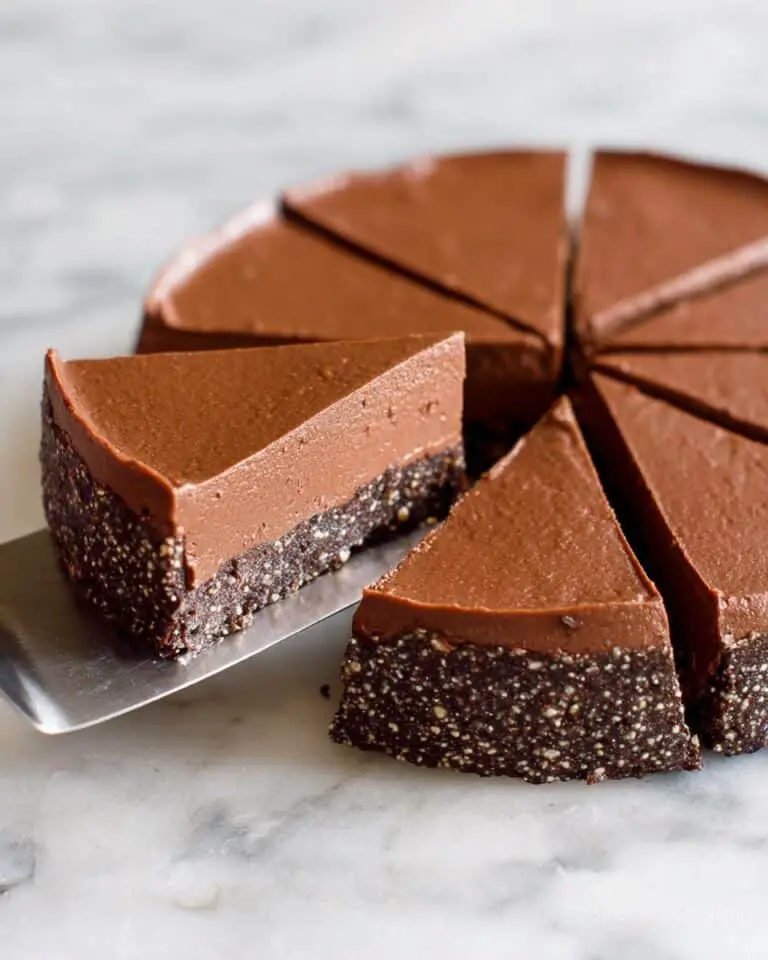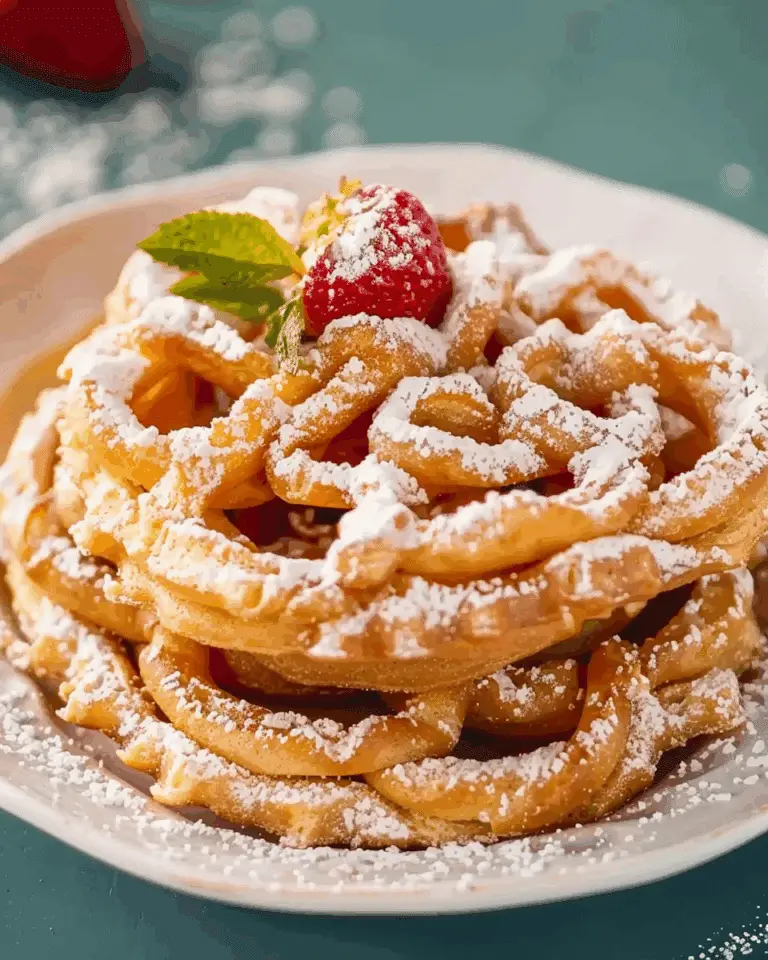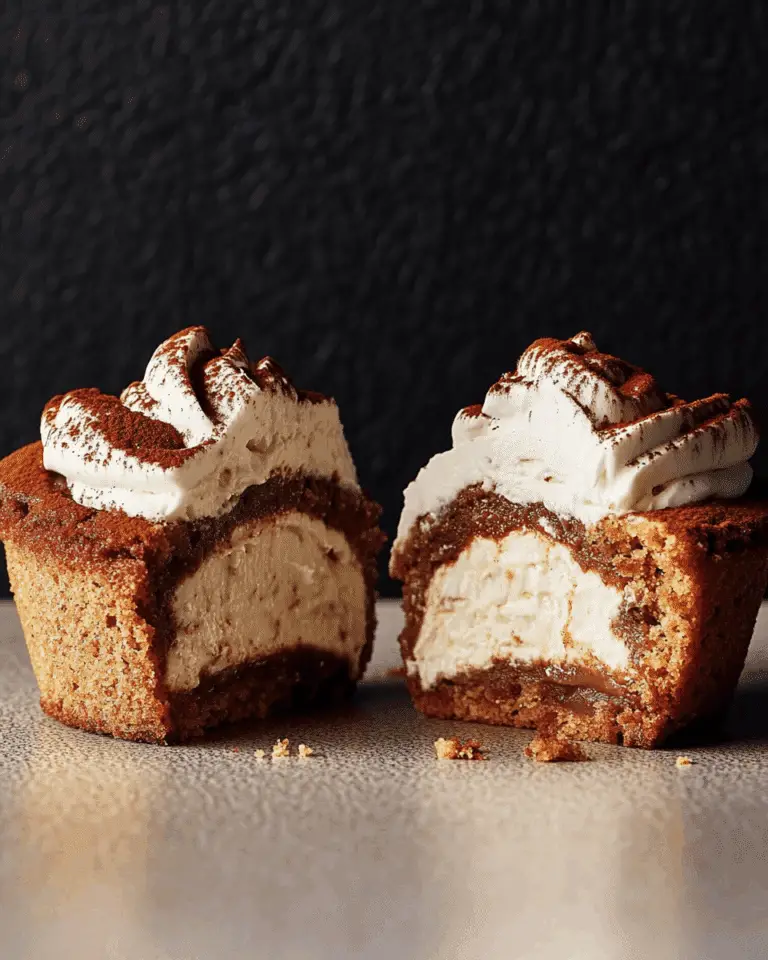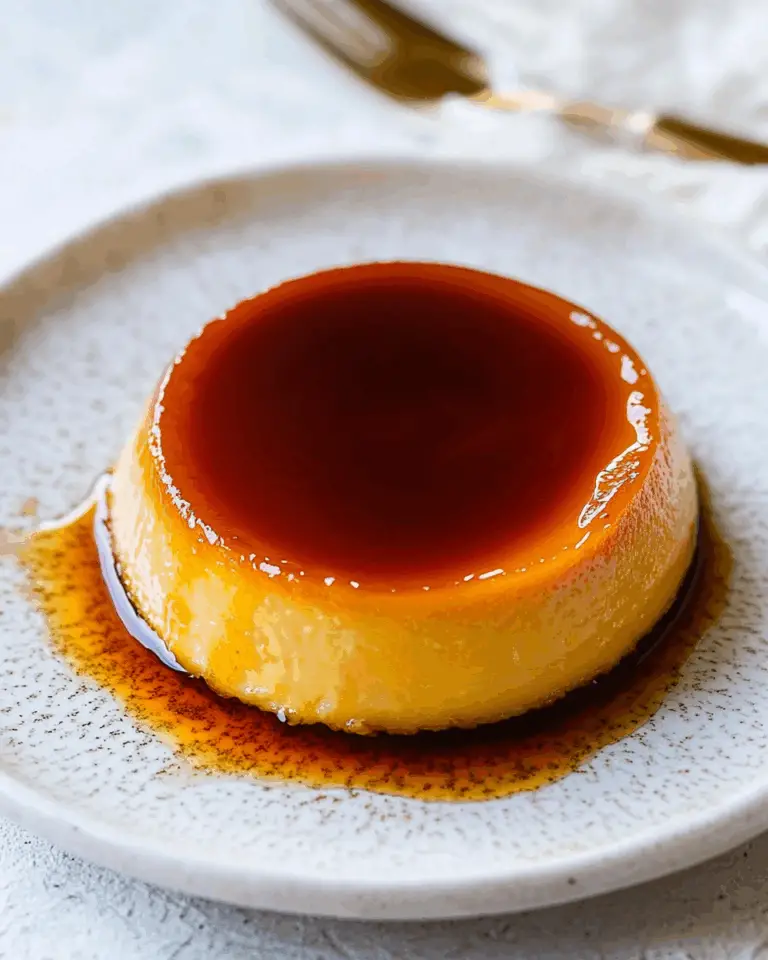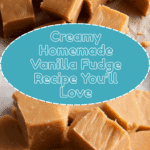If you have a sweet tooth and adore classic confections that bring simple joys, you are going to fall head over heels for this creamy, melt-in-your-mouth Vanilla Fudge. This timeless treat balances buttery richness with the warm, comforting essence of vanilla, creating a luscious candy that’s both nostalgic and irresistible. Whether you’re enjoying it as an afternoon pick-me-up or sharing it with loved ones during the holidays, Vanilla Fudge has that magic touch to brighten any moment with its smooth texture and delightful sweetness.
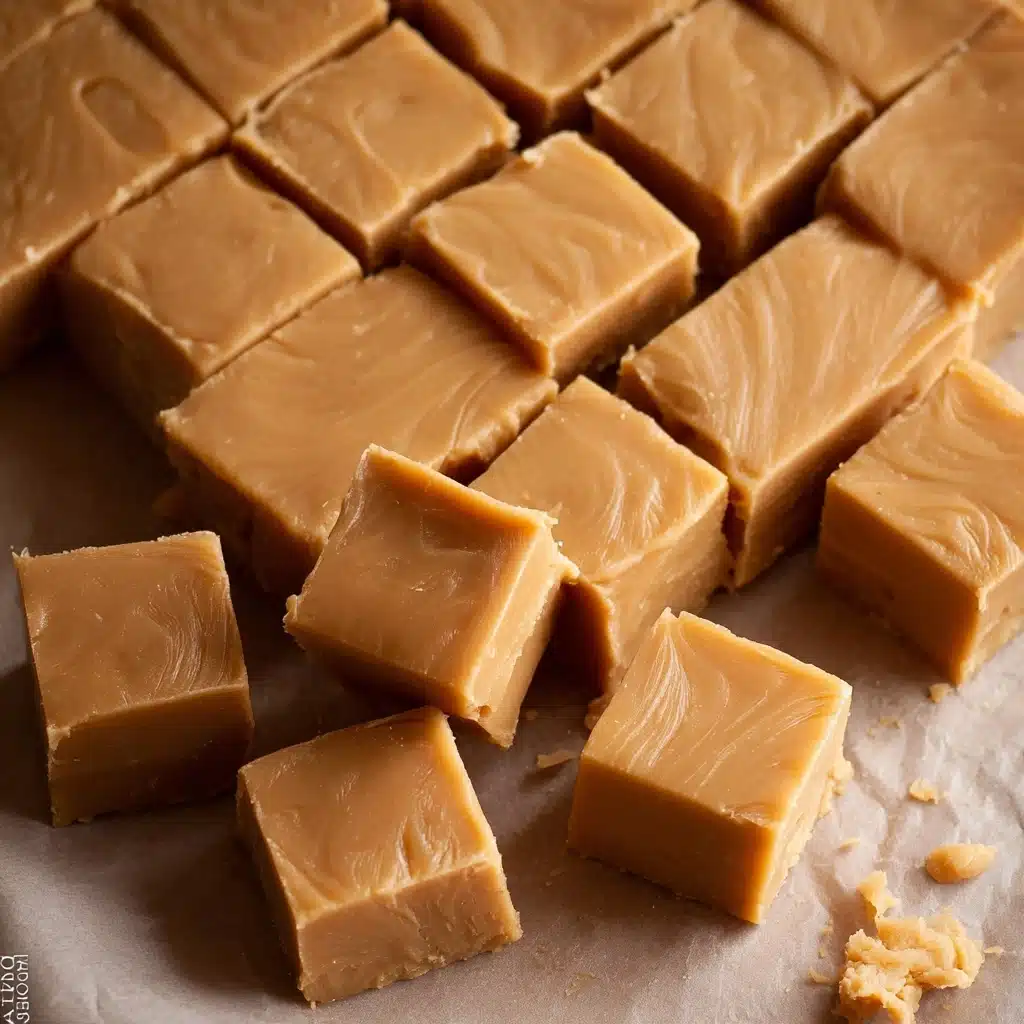
Ingredients You’ll Need
Making Vanilla Fudge requires just a handful of straightforward ingredients that come together in a wonderfully harmonious way. Each one plays an essential role, contributing to the fudge’s signature taste, texture, and that perfect golden color.
- Soft butter: Adds creamy richness and helps create the smooth, luscious texture fudge is known for.
- Condensed milk: Provides natural sweetness and moisture, making the fudge soft and tender.
- Milk: Balances the density and helps with the cooking process to achieve the perfect consistency.
- Golden syrup: Brings depth of flavor and a subtle caramel note that enhances the fudge’s richness.
- Granulated sugar: The main sweetener that crystallizes to give the fudge that satisfying bite.
- Vanilla: Infuses the fudge with its classic, fragrant aroma and flavor, truly bringing the recipe to life.
How to Make Vanilla Fudge
Step 1: Prepare Your Workspace
Before diving into making the fudge, fill a small bowl or jug with ice-cold water and place it near your stove. This will be essential for testing the fudge’s readiness. Also, grease a baking tin approximately 30 x 20 cm or 12 x 8 inches, or opt for a foil tin. Preparing your space ahead helps the process flow smoothly.
Step 2: Combine Ingredients and Heat
Place all ingredients except the vanilla into a large, heavy-bottomed pan. Using a sturdy pan prevents burning and helps maintain even heat distribution. Bring this mixture to a boil over medium heat, stirring constantly. This step is key to dissolving the sugar and melting the butter to create a silky base for your fudge.
Step 3: Boil to Soft-Ball Stage
Keep boiling the mixture for 12 to 20 minutes, stirring continuously. The time varies with your stove and pan, so keep vigilant. To test, drop a small amount into the cold water—if it forms a soft, squishy ball, you’ve hit the soft-ball stage, just right for fudge. This stage ensures that your fudge sets perfectly—not too soft or hard.
Step 4: Add Vanilla and Whisk
Remove the pan from heat carefully—remember, the mixture is hot! Stir in the vanilla extract for that signature flavor burst. Then, using an electric whisk, beat the fudge for about five minutes. The texture will thicken dramatically, resembling stiff peanut butter. This vigorous whisking is what gives the fudge its creamy, slightly grainy bite.
Step 5: Set and Cut
Immediately pour the thickened fudge into the prepared tin. Smooth the top as best as you can while it’s warm. Chill it in the fridge for no more than two hours—longer chilling risks it becoming too hard. Once set, use a sharp knife to cut the fudge into squares. Don’t worry about perfect lines; rustic cuts add to its homemade charm!
How to Serve Vanilla Fudge
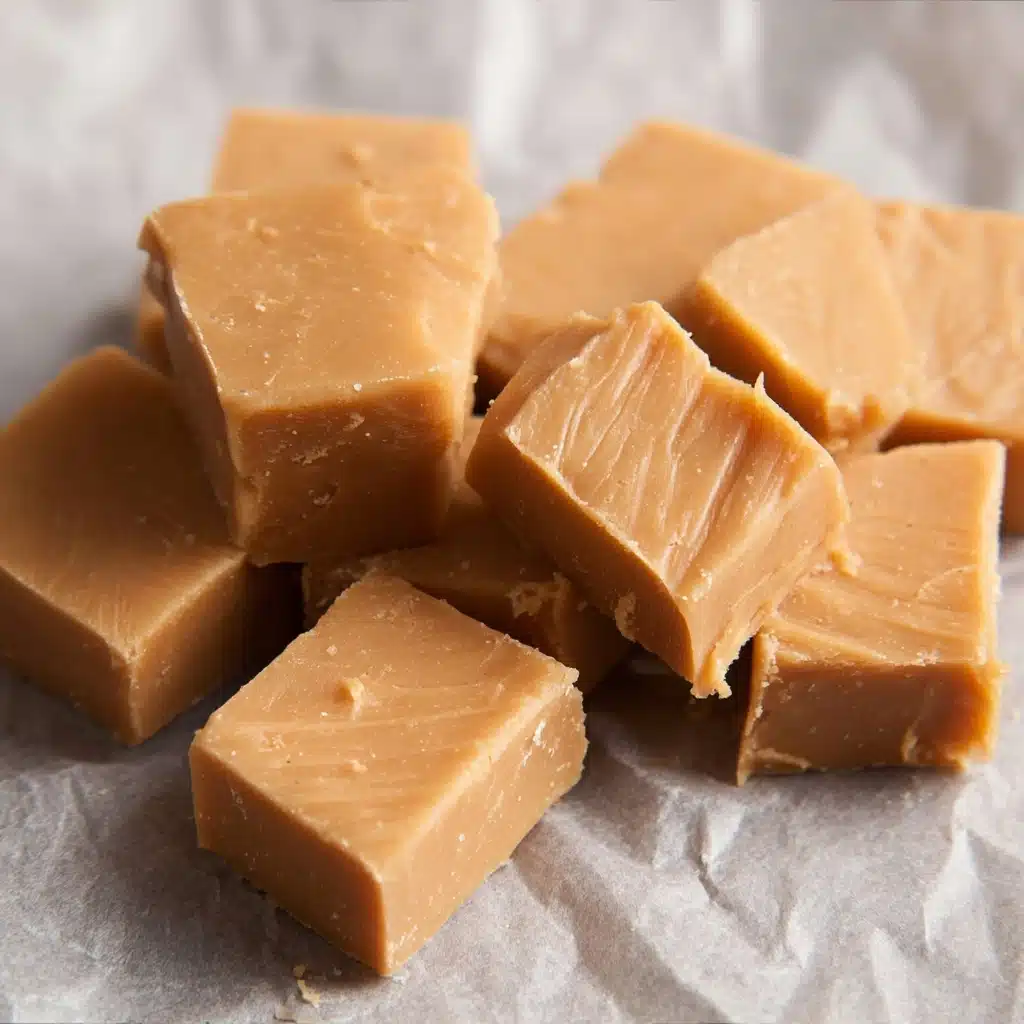
Garnishes
Vanilla Fudge shines best on its own but can be beautifully enhanced with simple garnishes. A light dusting of powdered sugar adds a touch of elegance and sweetness contrast. You can also sprinkle chopped nuts like walnuts or pecans on top before setting for added texture and flavor complexity.
Side Dishes
While fudge is often enjoyed solo, pairing it with a scoop of vanilla ice cream or a hot cup of coffee or tea turns it into an indulgent dessert experience. The creamy warmth of the drink perfectly balances the dense sweetness of the fudge, making snack time feel like a special occasion.
Creative Ways to Present
Looking to impress? Present your Vanilla Fudge on rustic wooden boards or in clear glass jars tied with ribbons for gift-giving. Alternatively, layer pieces of fudge with fresh berries or edible flowers on dessert plates to add a burst of color and freshness alongside the rich treat.
Make Ahead and Storage
Storing Leftovers
Vanilla Fudge keeps wonderfully when stored properly. Place the fudge squares in an airtight container, separating layers with parchment paper to prevent sticking. Store it at room temperature in a cool, dry place away from direct sunlight to maintain its soft consistency for up to two weeks.
Freezing
If you want to keep your Vanilla Fudge longer, it freezes beautifully. Wrap individual pieces tightly in plastic wrap then place them inside a freezer-safe container. When you’re ready to enjoy, thaw them slowly at room temperature. The flavor and texture remain almost as fresh as the day you made it.
Reheating
Generally, fudge is enjoyed cold or at room temperature, but if you prefer it slightly softer, let it warm gently on your countertop for about 15 minutes before serving. Avoid microwaving as it can melt unevenly and change the texture.
FAQs
Can I use different types of syrup instead of golden syrup?
Golden syrup is preferred for its unique flavor and consistency, but corn syrup is a common substitute. Avoid honey as it can alter the taste and texture significantly. The syrup’s role is crucial for preventing crystallization and achieving smooth fudge.
How do I know when the fudge mixture has reached the right temperature?
Testing by dropping a bit of the mixture into ice-cold water is the traditional way to check. When it forms a soft, malleable ball, it’s perfect. A candy thermometer can also help—aim for around 235°F (113°C) for the soft-ball stage.
Why did my fudge turn out grainy?
Graininess usually comes from undissolved sugar crystals. Stirring constantly during boiling and avoiding stirring once removed from heat (except for whisking in the vanilla) are key factors. Using the right temperature ensures smooth texture.
Can I add other flavors besides vanilla?
Absolutely! While vanilla is classic, you can experiment with almond, peppermint, or even coffee extracts. Just add them after boiling, in place of or alongside vanilla, to customize your fudge’s profile.
Is it okay to use salted butter?
For best sweetness balance, unsalted butter is recommended. Salted butter can alter the taste, but some enjoy the slight salty contrast with sweet fudge. Adjust your taste preferences accordingly.
Final Thoughts
There’s something truly special about homemade Vanilla Fudge that transcends simple sweetness—it’s a cozy, heartfelt treat that brings people together. I hope this recipe inspires you to create your own batch and enjoy every creamy, dreamy bite. Once you try it, Vanilla Fudge might just become your new favorite indulgence to share with those you care about.
Print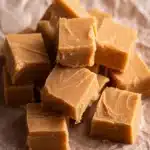
Vanilla Fudge Recipe
- Total Time: 30 minutes
- Yield: Approximately 77 pieces
- Diet: Vegetarian
Description
This classic Vanilla Fudge recipe yields approximately 77 soft, creamy pieces of deliciously sweet fudge. Made with simple pantry staples like butter, condensed milk, golden syrup, and vanilla, this old-fashioned treat is boiled to the perfect soft-ball stage and whipped until thick and smooth. Perfect for gifting, party snacks, or indulging a sweet tooth.
Ingredients
Fudge Ingredients
- 250 grams soft butter
- 1 x 397 grams can condensed milk
- 175 millilitres milk
- 2 tablespoons golden syrup
- 800 grams granulated sugar
- 2 teaspoons vanilla extract
Instructions
- Prepare the Equipment: Fill a small bowl or jug with ice cold water and place it near your stove. Grease a tin approximately 30 x 20 cm (12 x 8 inches) or a 25 cm (10 inch) square tin, or use a disposable foil tin to prevent the fudge from sticking.
- Combine Ingredients: In a large, heavy-bottomed pan, add all ingredients except the vanilla extract. Stir them together over medium heat and bring the mixture to a gentle boil while stirring constantly to avoid burning.
- Cook to Soft-Ball Stage: Continue boiling the mixture for 12 to 20 minutes, stirring constantly. The fudge will bubble vigorously; keep a close eye on it. To check if it has reached the soft-ball stage, drop a small amount into the cold water. If it forms a soft, pliable ball that is still squidgy, it’s ready. Timing varies depending on your pan and heat intensity.
- Add Vanilla: Remove the pan carefully from the heat to prevent splashes and stir in the 2 teaspoons of vanilla extract thoroughly.
- Beat the Fudge: Using an electric whisk, beat the hot fudge mixture for about five minutes until it thickens to the texture of stiff peanut butter. This process will create a creamy, thick consistency but can be quite steamy and strenuous.
- Set the Fudge: Pour the whipped fudge into the prepared tin. Use a spatula or spoon to push it in and smooth the top as much as possible.
- Cool and Cut: Place the fudge in the refrigerator to cool, but do not leave it for more than 2 hours as this will make it too hard. Once cooled but still soft enough, cut into approximately 77 small squares using a sharp knife. Serve and enjoy!
Notes
- The ‘soft-ball stage’ is critical for achieving the right fudge texture; use a candy thermometer if you prefer precision—target 235°F (113°C).
- Do not overcool the fudge in the fridge or it will become too hard and lose its creamy texture.
- Use a heavy-bottomed pan to ensure even heat distribution and prevent burning.
- Stir constantly throughout boiling to avoid scorching the mixture.
- For peppermint or chocolate variations, substitute or add flavorings after boiling.
- Prep Time: 10 minutes
- Cook Time: 20 minutes
- Category: Confectionery
- Method: Boiling and beating
- Cuisine: British
Nutrition
- Serving Size: 1 piece (approx. 15g)
- Calories: 75 kcal
- Sugar: 12 g
- Sodium: 30 mg
- Fat: 2.5 g
- Saturated Fat: 1.5 g
- Unsaturated Fat: 1 g
- Trans Fat: 0 g
- Carbohydrates: 13 g
- Fiber: 0 g
- Protein: 0.5 g
- Cholesterol: 8 mg

